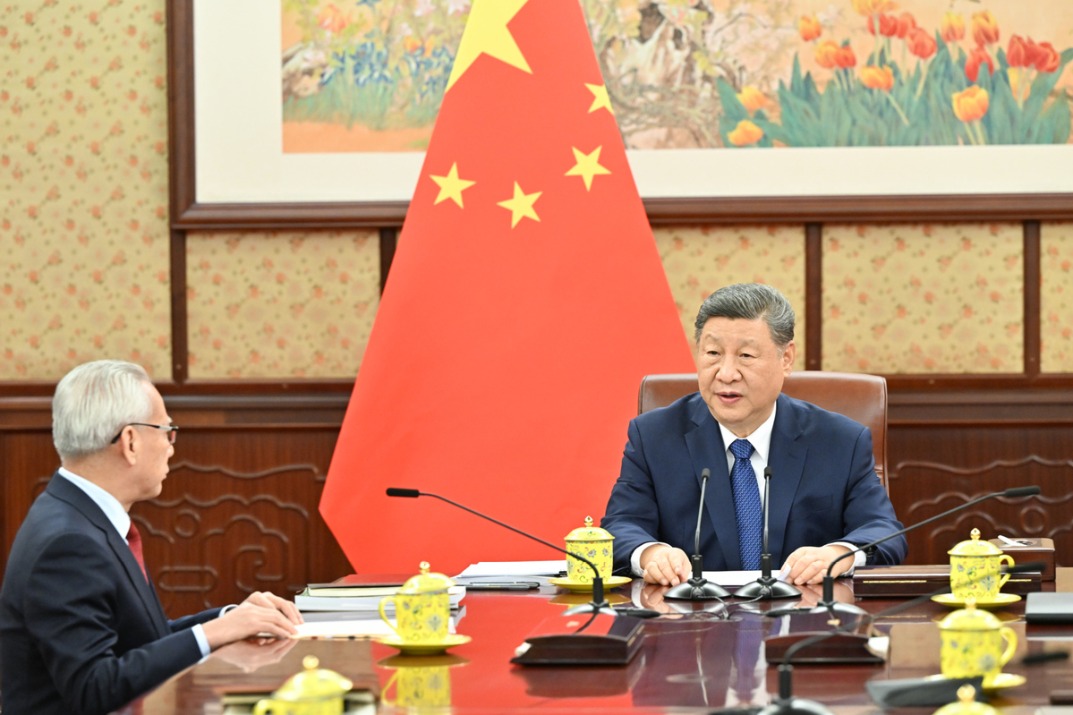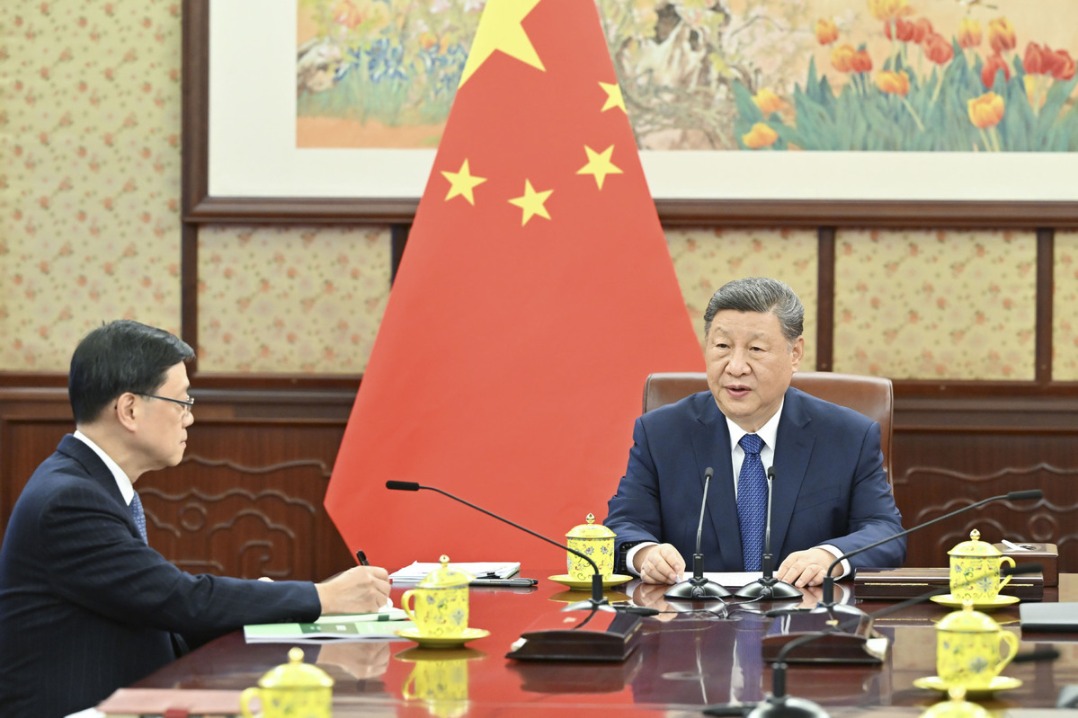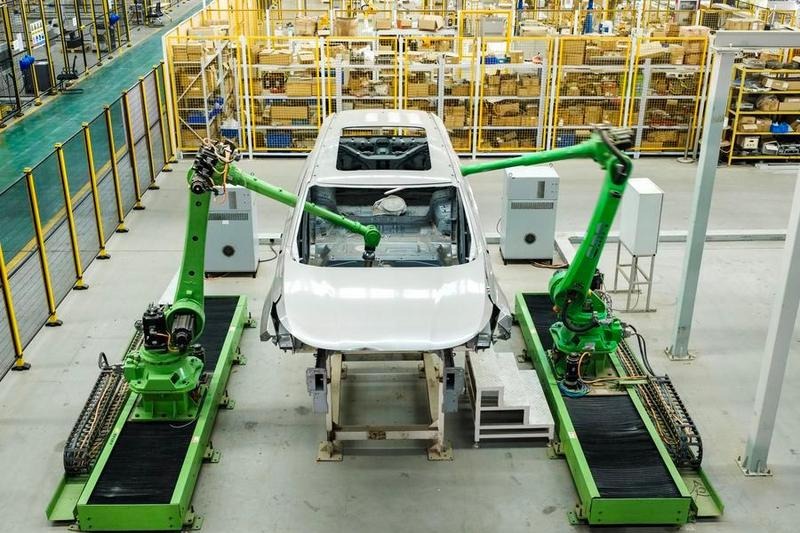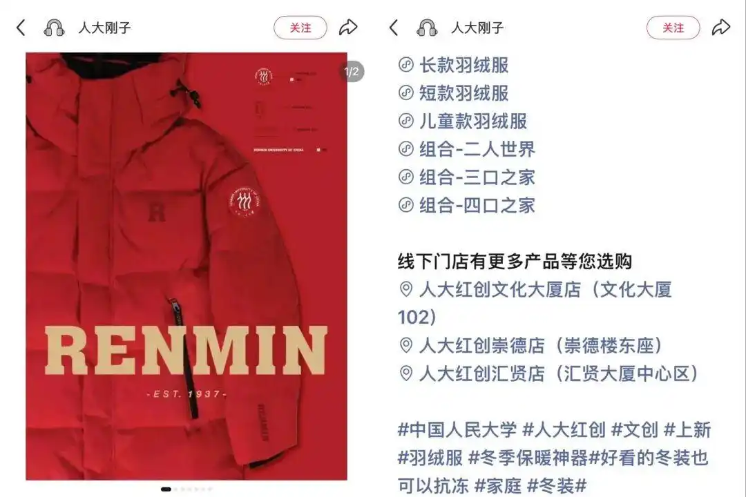What's news

| A worker handles steel wire in Haikou, Hainan province. Demand for steel in emerging and developing economies, excluding China, is expected to rise 1.7 percent this year. Shi Yan / China Daily |
Resources
Economic woes crimpsteel demand
Global demand for steel will grow by just 2 percent this year because of a rebalancing of the Chinese economy and a slowdown in other emerging countries, the sector's trade body says.
The growth forecast of 1.56 billion metric tons in steel use by the World Steel Association is down from the 3.1 percent rate it forecast in April and the 3.8 percent recorded last year.
Hans Juergen Kerhoff, head of the association's economics committee, said: "The positive momentum in global steel demand seen in the second half of 2013 abated in 2014 with weaker than expected performance in the emerging and developing economies."
Finance
Slower profit growthfor listed banks
China's listed banks reported slowdowns in net profit growth in the first half of the year, says a report from the Institute of International Finance, part of the Bank of China.
The banks reported 676 billion yuan ($111 billion; 87 billion euros) in net profits in the first half, up 10.7 percent from the corresponding period last year, but the growth rate was 2.9 percentage points lower year on year, the report said.
Of the 16 listed lenders, the top five pocketed 514 billion yuan in net profit in the first half, up 9.3 percent from the same period last year, but growth was 3.5 percentage points lower year on year, it said.
Third-party borrowingcurbed, says Moody's
The Chinese government has taken key steps towards increasing the responsibility of individual regional and local governments for their own borrowing and investment decisions, a Moody's report says.
The guidelines, announced by the State Council on Oct 2, represent an important move towards establishing a new direct borrowing model for local governments, it says.
The guidelines will restrict indirect borrowing such as through local government financing vehicles, thereby leading to a deceleration of local government debt, which has climbed sharply in recent years.
Lenders get more timeto meet standard
Two of China's largest banks will be given more time than their advanced-economy peers to meet a planned global standard on absorbing losses in a crisis. The Financial Stability Board in Switzerland is considering how quickly to introduce a rule on total loss absorbency capacity for the world's systemically important banks. The standard sets a minimum of capital and liabilities that can be written off, and is designed to make sure taxpayers are no longer on the hook when lenders fail. In the board's most recent list of globally systemic banks, the only institutions based in an emerging-market country are Industrial & Commercial Bank of China Ltd and Bank of China Ltd, the country's first- and fourth-largest lenders by assets.
Bonds to fund urbanization push
China will expand the use of municipal bonds as part of a broader plan to increase funding for urbanization, an official of the central bank said on Oct 8.
Municipal bonds are widely issued in many countries and the central bank will allow greater use of municipal bonds in China beyond the existing pilot programs, Guo Qingping, a senior official of the People's Bank of China, told a conference.
Economists said the use of municipal bonds could help ease the mismatch between the long payback periods for infrastructure projects and the short-term loans used to finance them.
Company
Solar firm unveilsrestructuring plan
Shanghai Chaori Solar Energy Science & Technology Co, which in March became the first company to default in China's onshore bond market, unveiled a restructuring plan asking creditors to agree to haircuts as deep as 80 percent. These are part of the company's broader reorganization plan that investors have been watching for clues on how China will balance steps to liberalize its financial industry with efforts to maintain market stability. While the country has avoided any more note defaults since Chaori, concern has mounted that non-payments may spread.
Glencore looks to nodfrom China on Rio deal
Ivan Glasenberg, the chief executive of the mining company Glencore Plc of Switzerland, may need approval from Beijing for his ambitious plan to create the world's biggest mining company by merging Glencore with Rio Tinto Group, the Anglo-Australian metals and mining corporation.
With Rio of London rejecting Glasenberg's approach in July, Glencore went directly to Rio's biggest shareholder, state-owned Aluminum Corp of China, widely known as Chinalco. While the company's 9.8 percent stake is important in determining Rio's future, the view of its ultimate owner, the Chinese government, is even more crucial.
DHL cashes in onelectric vehicles
Deutsche Post DHL has set its sights on the growth potential of the logistics industry because of the electric vehicle and e-commerce boom in China, officials of the company say.
There are many industries in China to which DHL can contribute support, said Fathi Tlatli, president of DHL's global automotive sector.
"Electric vehicles are one of them. The company is able to deliver lithium batteries that require high-level safety standards and technology."
As the Chinese government tries to boost the electric vehicle industry in order to cut emissions and protect the environment, such vehicles have become a growing trend in the world's second-largest economy.
Bayer offers curesfor Chinese farms
Bayer CropScience AG, the agricultural subgroup of Bayer AG of Germany, will introduce 21 new products into China before 2020, and invest 10 million euros ($12.6 million) in recruiting workers for further expansion, its global head says.
Liam Condon, chief executive officer of Bayer CropScience, says products such as high-yielding seeds, herbicides, fungicides and advanced farming applications will be key drivers of China's agricultural development.
"These new products will be used in the areas of crop protection, non-agricultural pest control, seed treatment and plant biotechnology. We are convinced of the long-term growth potential of agricultural markets despite the increasing volatility of the global market."
Economy
World Bank lowersgrowth forecast
The World Bank says it has cut growth target forecasts for China to 7.4 percent this year and 7.2 percent next year, as the country pushes forward structural reforms to deal with financial vulnerabilities and structural constraints.
"Measures to contain local government debt, curb shadow banking and tackle excess capacity, high energy demand and high pollution will reduce investment and manufacturing output," it said regarding China.
"But China's slowdown in economy would be gradual; it's not the bottom falling out of China's growth," said Sudhir Shetty, World Bank's chief economist in East Asia and the Pacific, who added that the slowdown in the country's economic growth will not have a dramatic impact on other countries.
Prudence is watchwordfor central bank
China will continue its prudent monetary policy, flexibly use monetary instruments and maintain "moderate" liquidity to achieve reasonable growth in loans and social financing, the central bank says.
After its monetary policy committee concluded its quarterly meeting, the People's Bank of China said it will closely watch developments in the domestic and world economies and finance as well as changes in international capital flows.
The Chinese economy is running within a "proper range" with prices remaining stable, but it still faces complicated situations, meeting participants said.
China Daily-Agencies
(China Daily Africa Weekly 10/10/2014 page18)
Today's Top News
- Foreign ministers of China, Egypt call for Gaza progress
- Shield machine achieves Yangtze tunnel milestone
- Expanding domestic demand a strategic move to sustain high-quality development
- Xi hears report from Macao SAR chief executive
- Xi hears report from HKSAR chief executive
- UN envoy calls on Japan to retract Taiwan comments































